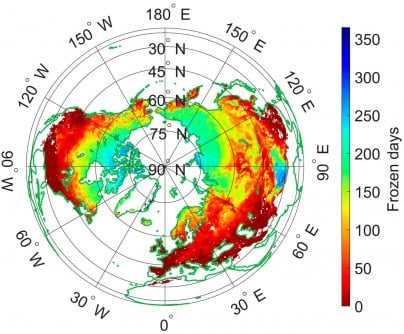The moon will appear as a small crescent tonight, October 18, 2023, marking its phase as a Waning Crescent. According to NASA’s Daily Moon Observation, only 8% of the moon’s surface will be illuminated, resulting in limited visibility for stargazers. This phase will persist for the next few days as we approach the New Moon, which occurs when the moon is positioned between the Earth and the sun, rendering it virtually invisible from our vantage point.
For those equipped with binoculars or a telescope, there is still something to observe. The Grimaldi Basin, an expansive impact crater measuring 124 miles in diameter, can be glimpsed through optical aids. While the majority of the moon will remain dark, this feature offers a fascinating glimpse into the lunar landscape.
Understanding Moon Phases
Moon phases result from the continuous orbit of the moon around the Earth, encompassing a cycle of approximately 29.5 days. The varying positions of the sun, Earth, and moon create different appearances as sunlight reflects off the lunar surface. From Earth, we observe a range of phases, including full, partly illuminated, or completely dark.
The eight primary moon phases are:
– **New Moon**: The moon is hidden, situated between the Earth and the sun.
– **Waxing Crescent**: A small portion begins to illuminate on the right side in the Northern Hemisphere.
– **First Quarter**: Half of the moon is lit, resembling a half-moon.
– **Waxing Gibbous**: More than half of the surface is illuminated, but it is not yet full.
– **Full Moon**: The entire face of the moon is visible in its full glory.
– **Waning Gibbous**: The moon starts to lose illumination on the right side.
– **Third Quarter (or Last Quarter)**: Another half-moon, this time with the left side illuminated.
– **Waning Crescent**: A slender slice of light remains on the left before transitioning back to darkness.
Looking Ahead to the Full Moon
The next full moon will occur on November 5, 2023. This event presents an opportunity for moon enthusiasts to enjoy the celestial display in its fullest form. As the moon continues its cycle, its phases serve as a reminder of the dynamic nature of our solar system, highlighting the ever-changing relationship between the sun, Earth, and moon.
As we enjoy the night sky, even a faint crescent can inspire wonder and curiosity about the universe beyond our planet. Whether viewing through a telescope or simply taking a moment to gaze upward, the moon remains a constant source of fascination for people around the world.







